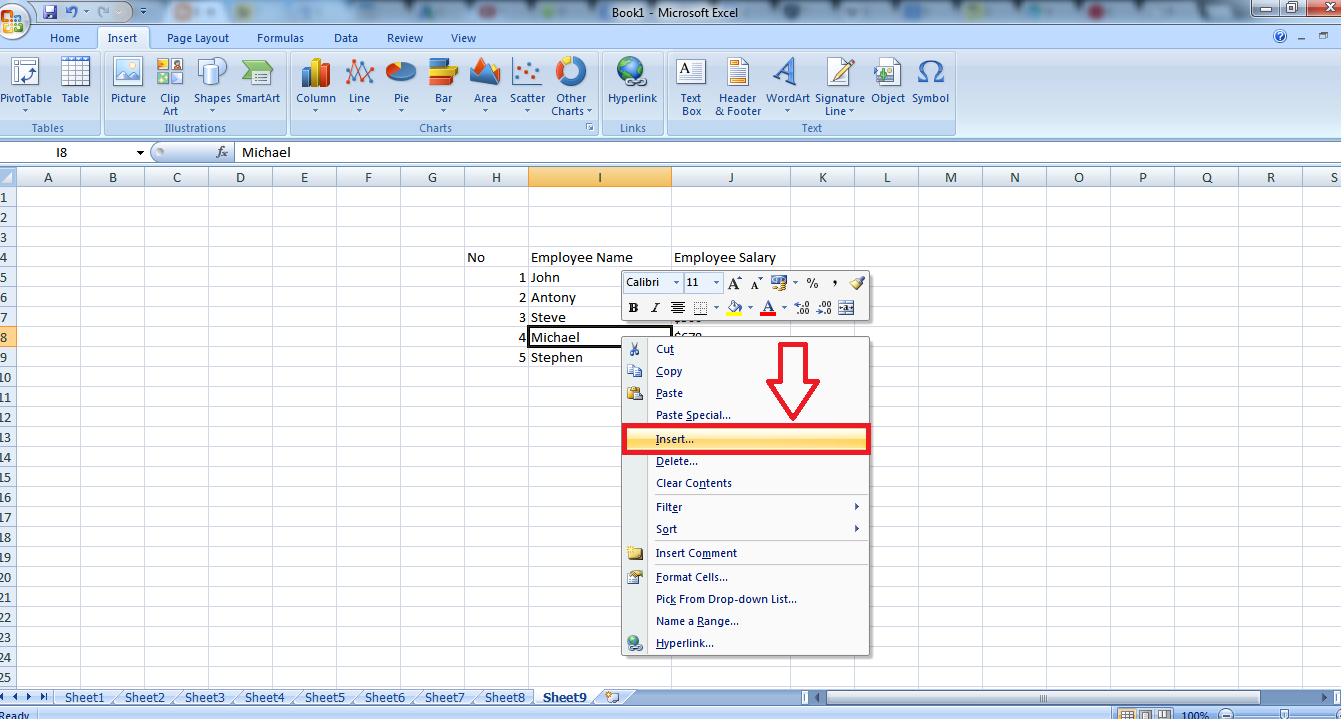Preventive Maintenance Paperwork: What You Need

When it comes to keeping your business operations running smoothly, preventive maintenance is essential. Not only does it help in avoiding unexpected breakdowns, but it also contributes significantly to extending the life of your equipment. However, the paperwork associated with preventive maintenance is just as crucial as the maintenance itself. Properly documented maintenance activities can provide a wealth of benefits, from ensuring compliance with regulations to facilitating smoother audits. In this guide, we'll walk through the essential preventive maintenance documentation you need.
Why Document Preventive Maintenance?

Before diving into what you need, let's understand why you should bother with documenting your maintenance activities:
- Compliance: Certain industries require detailed logs for compliance with regulatory standards.
- Operational Efficiency: Documentation allows for better scheduling and reduces downtime by ensuring maintenance tasks are not overlooked.
- Historical Data: Records provide a history of maintenance which can be crucial for troubleshooting or when upgrading systems.
- Legal Protection: In the event of a breakdown or accident, documented maintenance can serve as evidence that proper care was taken.
- Asset Management: Helps in predicting when equipment will need replacement or overhaul.
Essential Documents for Preventive Maintenance

Here's a detailed list of documents you should keep:
1. Maintenance Schedule

A maintenance schedule is the cornerstone of any preventive maintenance program. This document outlines:
- The frequency of maintenance tasks.
- Equipment or systems that need servicing.
- Date and time of scheduled maintenance.
- Personnel responsible for each task.
This can be represented in a table format:
| Equipment | Maintenance Task | Frequency | Last Performed | Next Scheduled | Responsible |
|---|---|---|---|---|---|
| Pump A | Oil Change | Quarterly | 03/01/2023 | 06/01/2023 | John Doe |
| HVAC System | Filter Replacement | Monthly | 05/01/2023 | 06/01/2023 | Sally Smith |
| Conveyor Belt | Inspection | Weekly | 05/29/2023 | 06/05/2023 | Bob Johnson |

2. Maintenance Checklists

These are itemized lists for each piece of equipment detailing what should be checked, serviced, or replaced:
- Inspection points for wear and tear.
- Tasks like lubrication, calibration, or part replacement.
- Signatures or initials to confirm completion.
3. Service Records

Each maintenance task completed needs a corresponding record:
- Date of service.
- Name of technician performing the service.
- Description of work done.
- Parts used or replaced.
- Condition of the equipment before and after service.
- Any recommendations for future maintenance or repairs.
4. Calibration Records

Calibration documents ensure that measuring instruments and control devices are within their specified accuracy:
- Details of the instrument calibrated.
- Before and after calibration values.
- Standard used for calibration.
- Date, time, and technician details.
5. Vendor Service Records

If maintenance involves external vendors or contractors:
- Their credentials.
- Services provided.
- Warranties or guarantees for the work done.
6. Compliance and Regulatory Reports

These are crucial for industries where maintenance directly impacts safety or environmental regulations:
- Reports on compliance with local, state, or federal regulations.
- Audit records from third-party verifications.
🔍 Note: Be sure to store and organize your documentation in a secure, accessible system. Digital solutions can enhance organization and make reporting easier.
📊 Note: Regularly review and update your maintenance documentation to reflect any changes in equipment, regulations, or procedures.
Integrating Documentation with Maintenance Management

Integrating your documentation with your maintenance management system can streamline operations:
- Automate Scheduling: Use software to schedule maintenance tasks automatically based on historical data.
- Track Compliance: Ensure all regulatory requirements are met by tracking documentation through the system.
- Feedback Loops: Document issues found during maintenance to improve future maintenance schedules.
- Historical Analysis: Use past maintenance data to predict when equipment will require servicing or replacement.
In conclusion, documenting preventive maintenance is not just about keeping records; it's about enhancing the efficiency of your operations, protecting your assets, and ensuring compliance. By maintaining a robust system of documentation, you create a traceable, accountable, and proactive maintenance culture that contributes to the longevity and reliability of your equipment.
What should be included in a maintenance checklist?

+
A maintenance checklist should include inspection points, lubrication tasks, parts to be replaced or checked, and any specific measurements or calibrations needed.
How often should preventive maintenance be documented?

+
Preventive maintenance should be documented each time a task is performed, with additional records for any unscheduled maintenance or unexpected issues encountered.
What are the benefits of using digital maintenance logs?

+
Digital logs can provide easy access, automatic backups, real-time updates, and the ability to generate reports and analytics for better decision-making.



